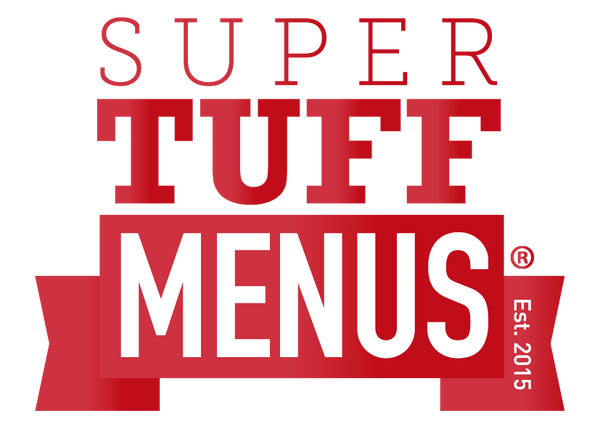Costing and categorising.
Cost Your Menu.

‘Costing your menu’ refers to the process of breaking down every item on your menu to its individual components, then determining exactly how much it costs to create each of these items.
It’s vital that you cost your menu to the penny for food (not labour!) costs, because this engineering process depends really heavily on the profitability level of each of your items.
Important note: the person in charge of this costing process will be the best person to be in charge of the menu engineering process, they’ve already got the ball rolling! Make sure you pick the right person in your establishment to start the process.
Did you know that roughly 80% of restaurants don’t cost their menu? Another 5% cost it incorrectly and inconsistently. The reason behind this is pretty simple, costing your menu is time consuming, there’s no way around it! Trust us though, if you put in the work you’re going to be able to achieve a far more profitable menu.
Categorise menu items according to profit and popularity levels .

Categorising
A ‘Category’ is what we’re going to call the bigger chunks you’re breaking your menu down into. What is considered a category isn’t defined, that can be up to you. We would recommend doing it at a broad level; starters/appetisers, main courses/entrees, desserts, drinks and so on. The key is just making sure there is no overlap so each of your items will have a clear category.
From here you then divide each category into ‘Sections’. Again, this will differ depending on your menus content. For some guidance, think about the main points of differentiation!
For example:
Divide mains/entrees into meat, fish and vegetarian sections.
Divide drinks into alcoholic and non-alcoholic.
To keep yourself organised it will be easiest to use a spreadsheet to keep track of your categories and sections.

Make sure you have data for a recent time period on hand, we would suggest a recent month! Now divide your menu items into each of one of the following four quadrants.
Puzzles- high profitability and low popularity Dogs- low profitability and low popularity
Using this data that you’ve organised into profitability and popularity, you’re ready to deal with each of your menu items. Start by assessing your Categories, this will give you the most basic layout of your menu design. You’ll then look at the data again at Section level to decide how to highlight items within each category.
This isn’t a science, use your common sense! Here’s some guidance from Gregg.
Stars- simple, they must be highlighted!
Plow horses- it could be a good idea to create more profitable versions of these menu items. A good example is turning a soup + salad deal into a three salad sampler.
Puzzles- you must make sure your servers are upselling these items! Don’t forget to get feedback, what do your customers think? Is it the taste? Is it the price? Will lowering the price increase the sales volume enough?
Dogs- have a good think, is getting rid of any of these items an option? For those staples that you can’t part with, the best option will probably be to de-emphasise these items, don’t waste space or time promoting them!

